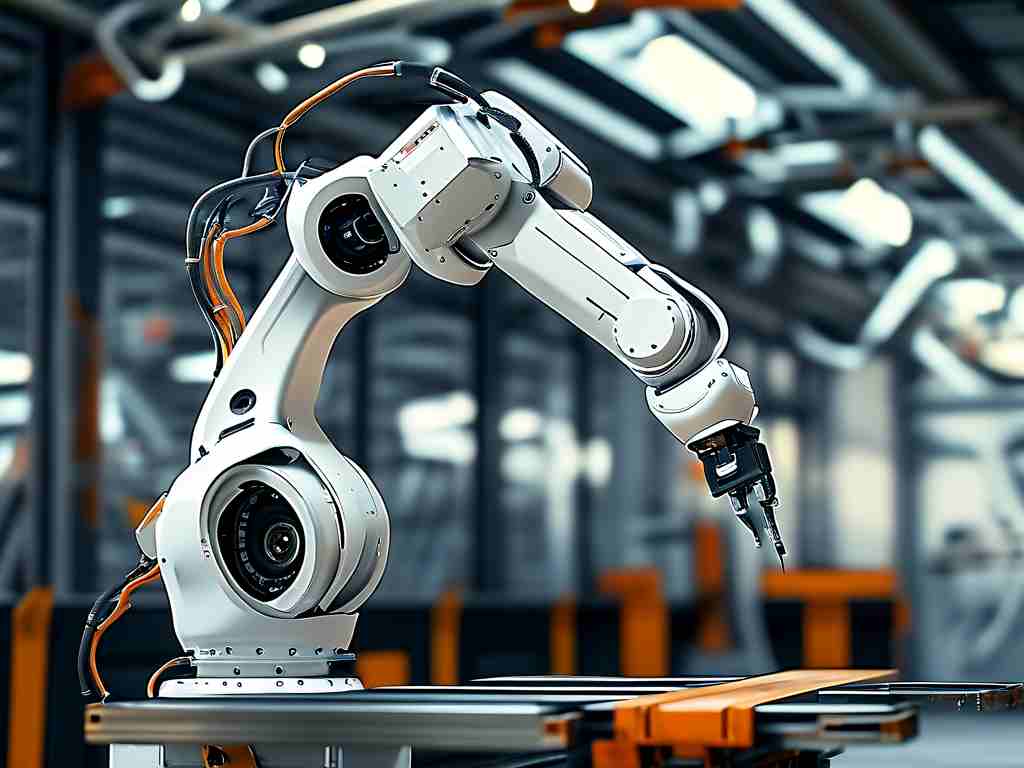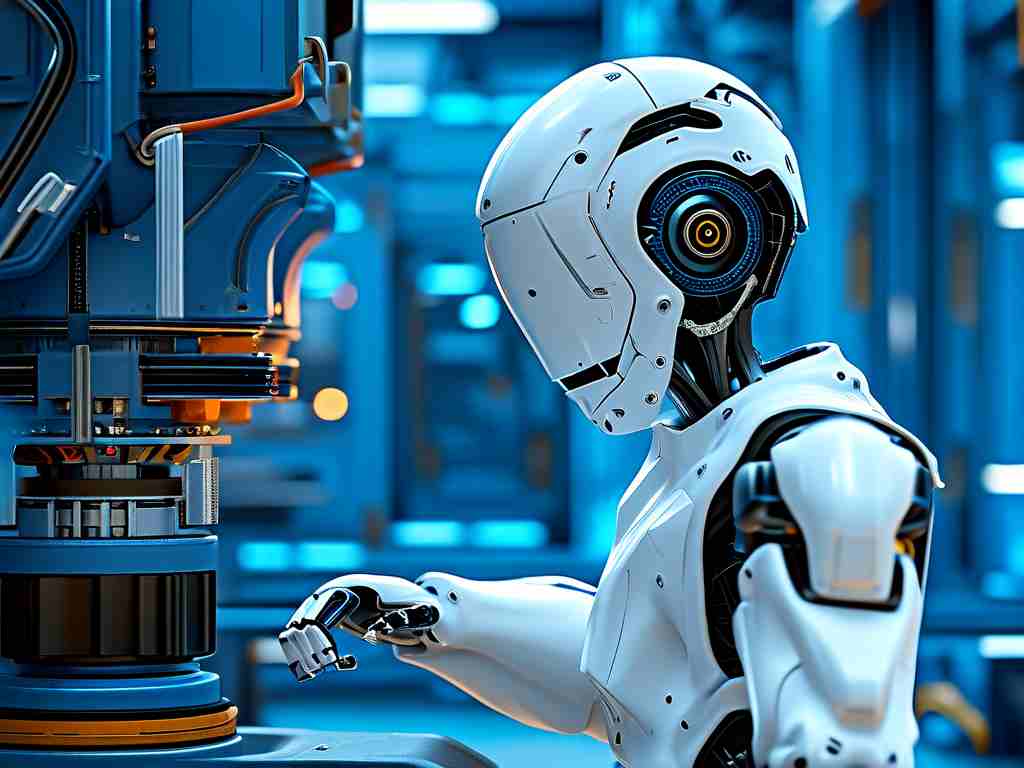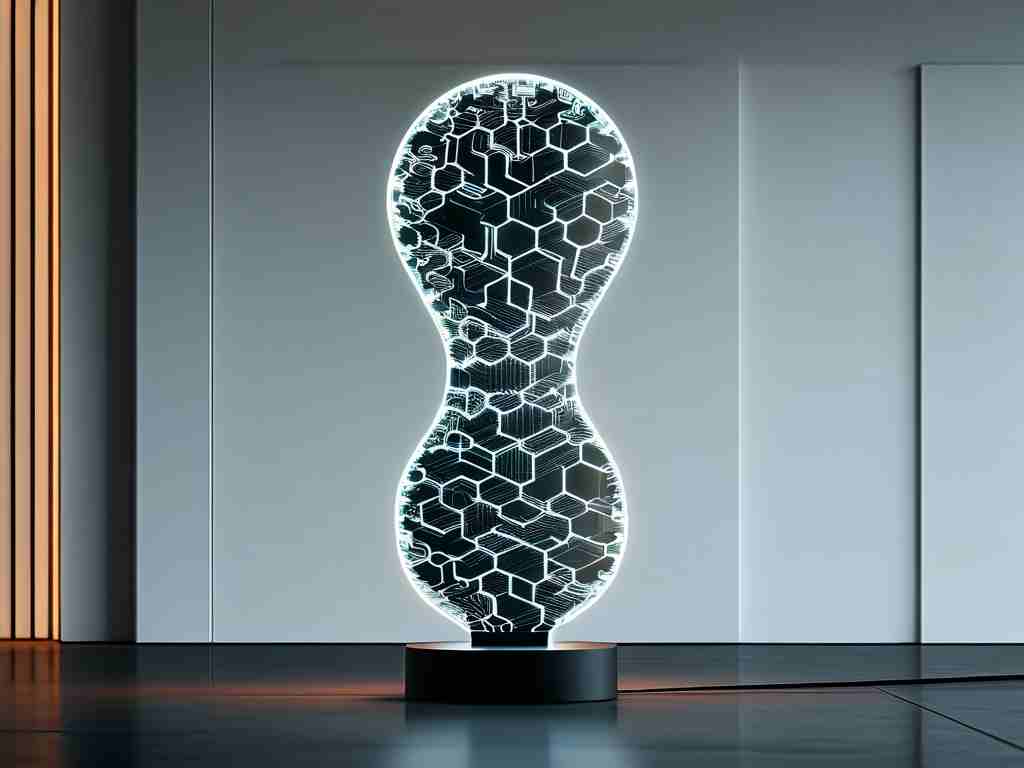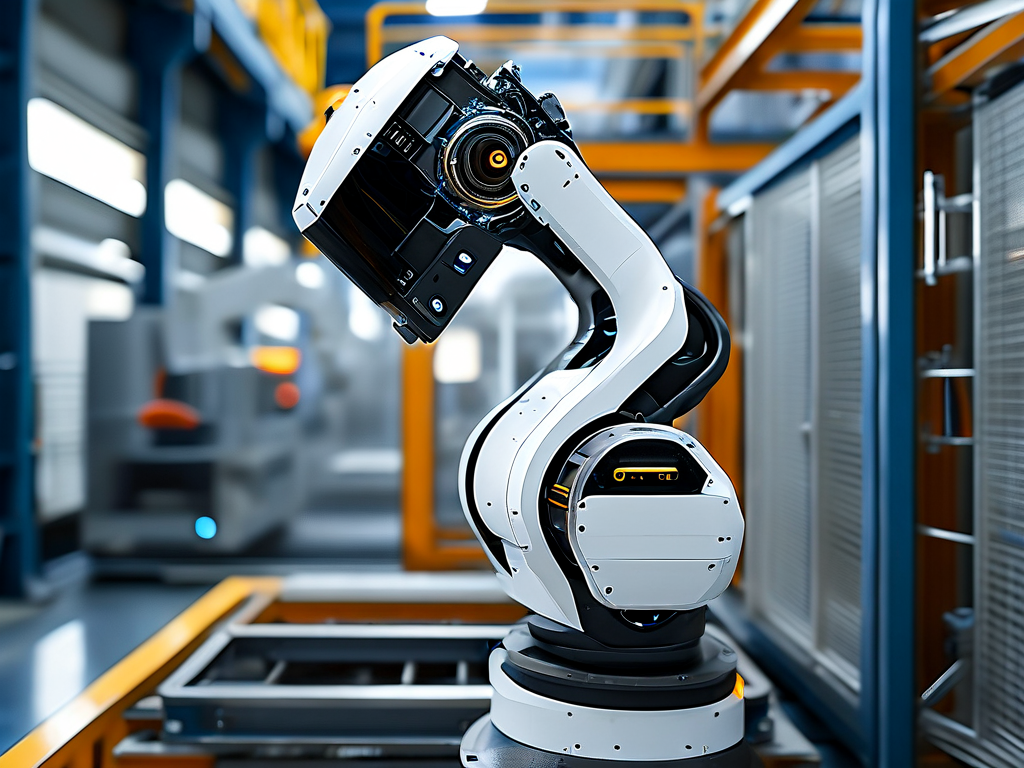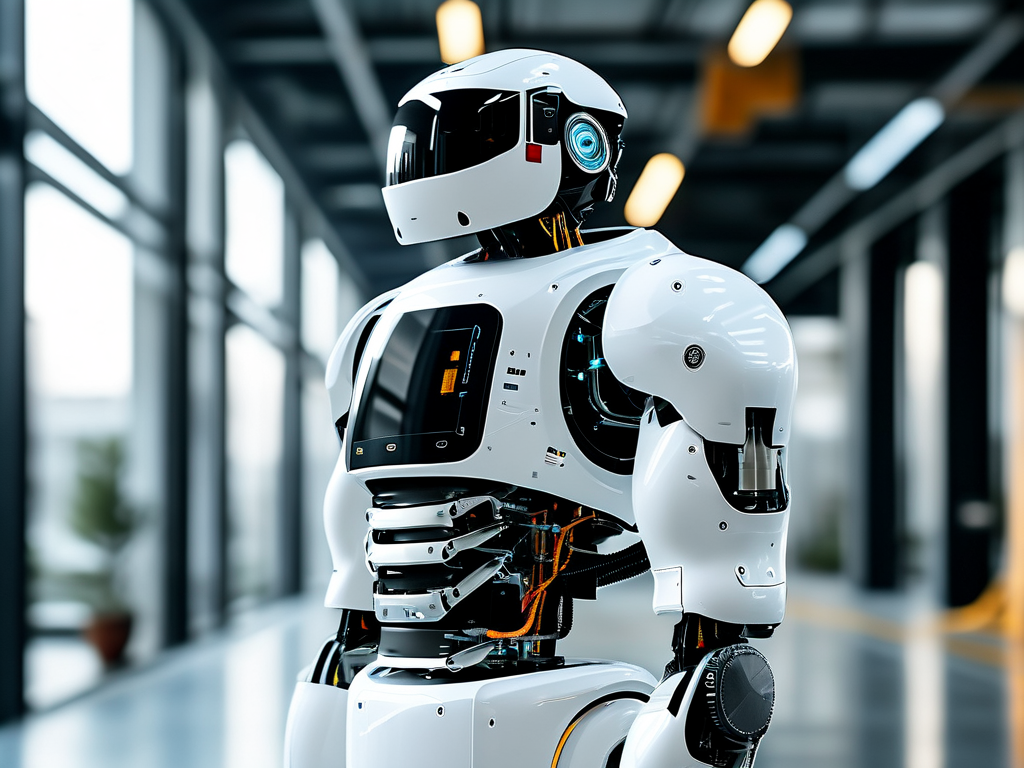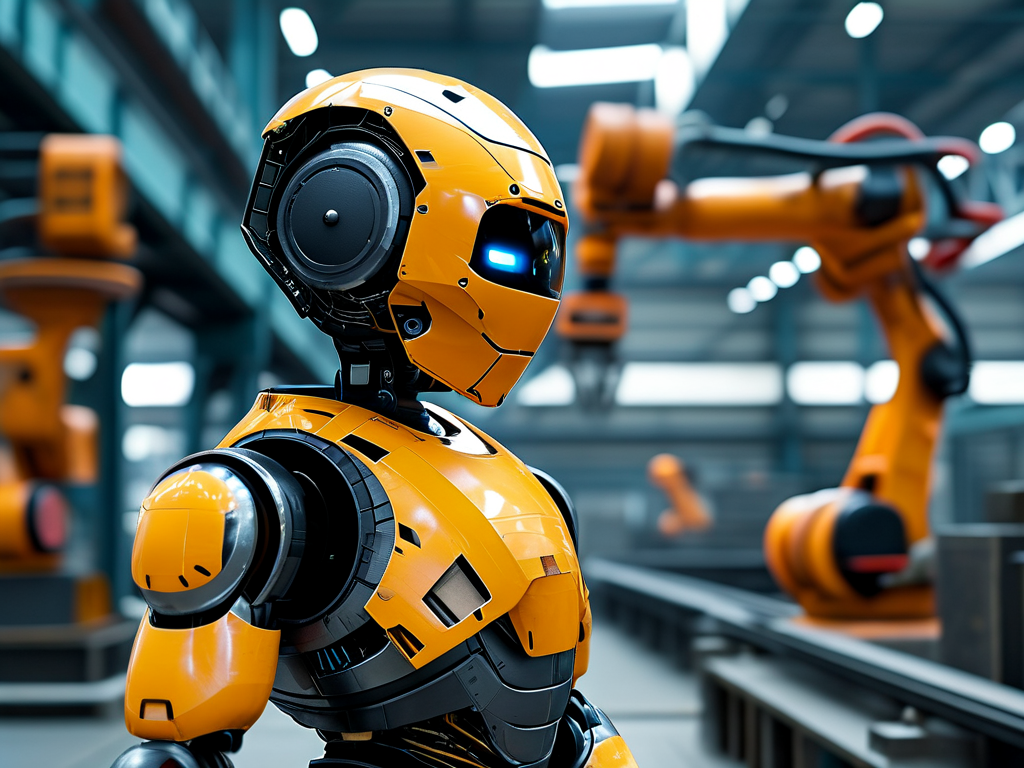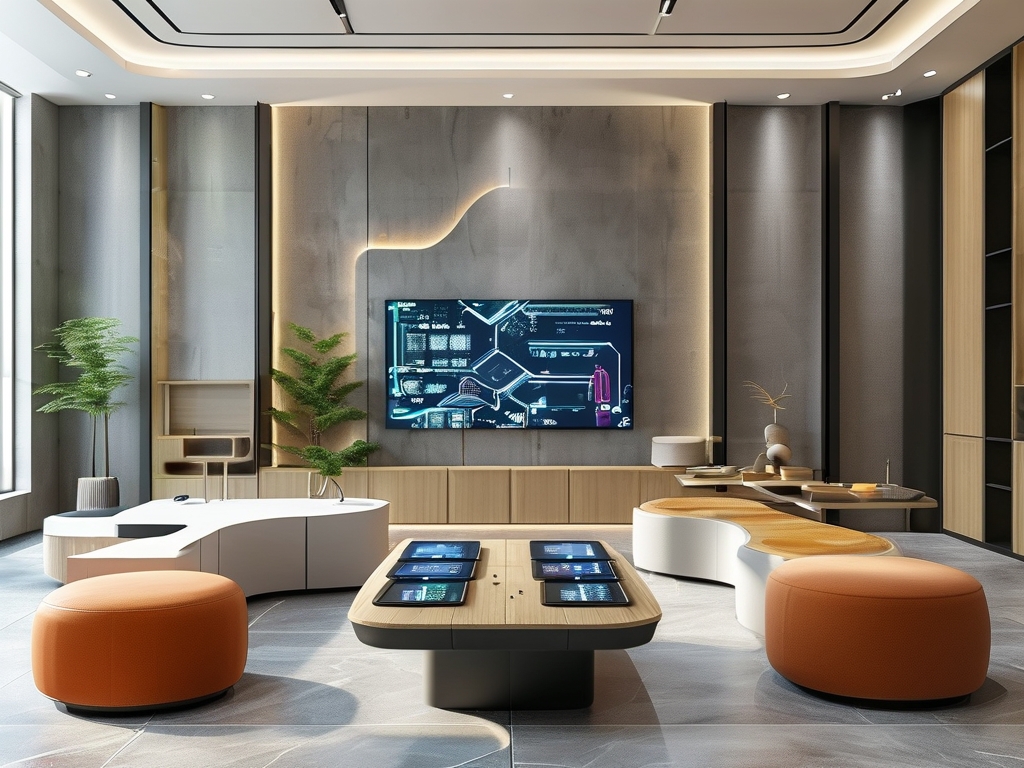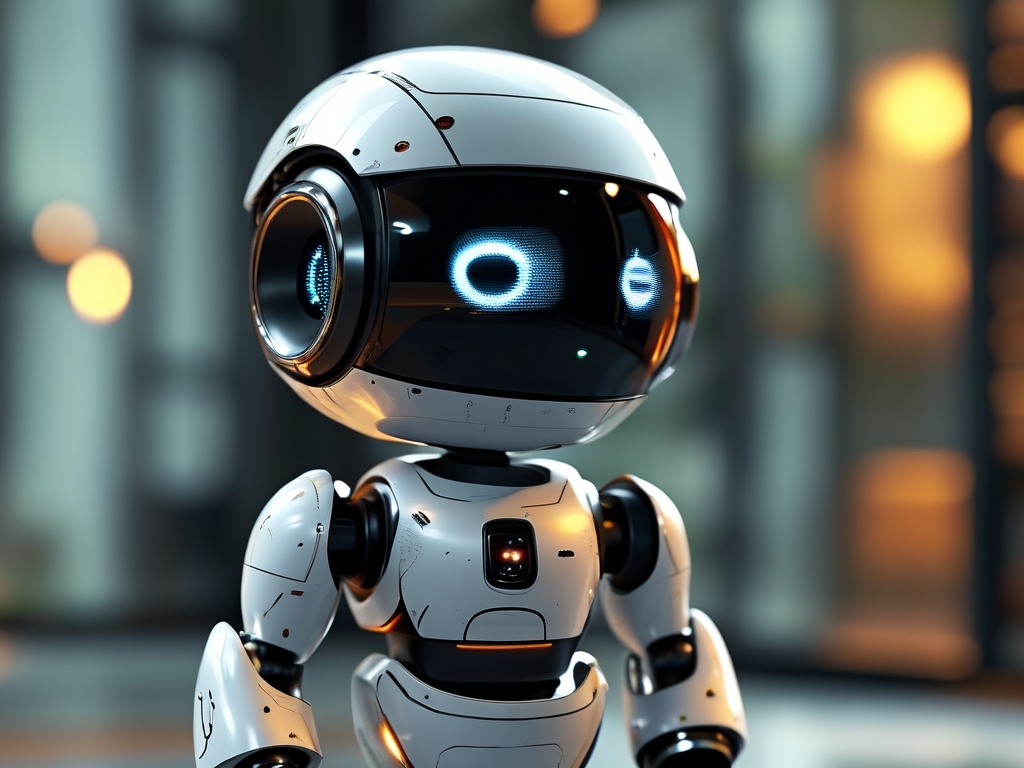As global industries accelerate digital transformation, Haier has emerged as a trailblazer in robotics technology, redefining automation standards across manufacturing, healthcare, and smart home ecosystems. By integrating cutting-edge AI, IoT connectivity, and modular design principles, Haier’s robotic solutions exemplify precision, adaptability, and sustainability – three pillars that position the company ahead of competitors.
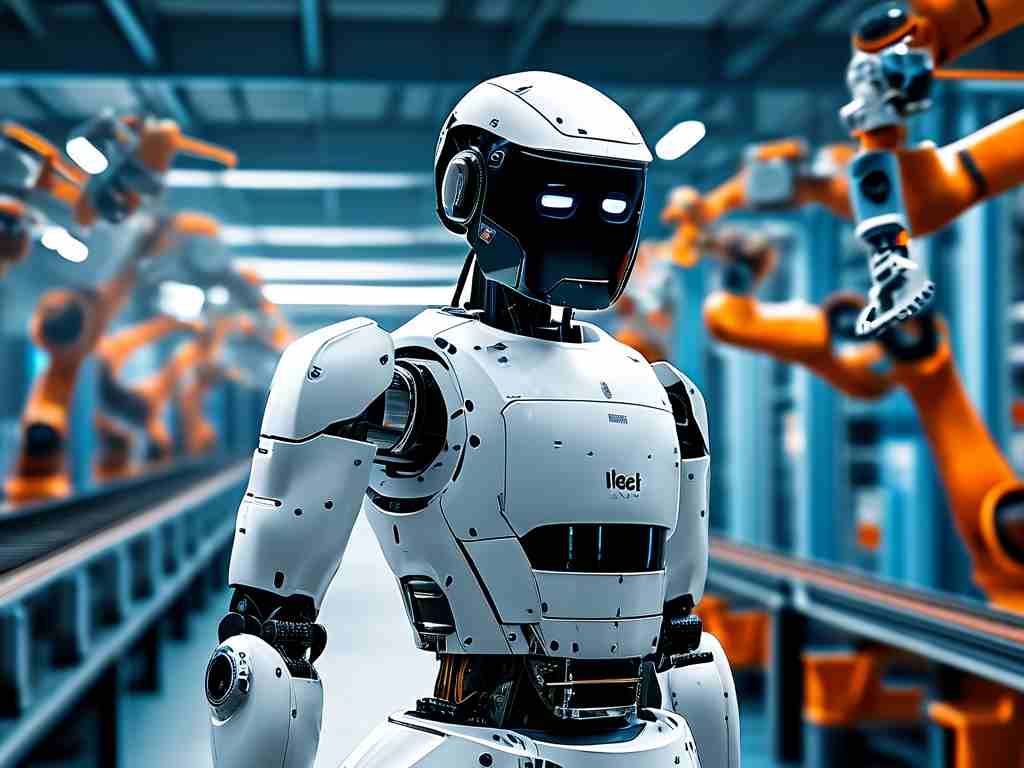
Core Technological Breakthroughs
Haier’s robotics division leverages proprietary neural network architectures optimized for real-time decision-making. Unlike conventional systems relying on pre-programmed routines, Haier’s robots utilize self-learning algorithms that analyze environmental variables through multi-sensor fusion. This enables autonomous adjustments in dynamic settings – from detecting microscopic defects on production lines to optimizing energy consumption in smart refrigerators.
A standout innovation lies in their collaborative robot (cobot) series, which features human-centric safety protocols and force-limited joints. These cobots achieve 0.02mm repeatability in assembly tasks while maintaining OSHA-compliant operational safety, making them ideal for hybrid human-robot workspaces. Field tests at Haier’s Qingdao Industrial Park demonstrated a 34% productivity surge after deploying these systems alongside technicians.
Cross-Industry Application Scenarios
In manufacturing, Haier’s mobile manipulator robots have revolutionized logistics. Equipped with SLAM navigation and 5G edge computing, these units autonomously transport components across factories, reducing material handling errors by 78% in partner automotive plants. The same technology powers Haier’s custom-built service robots for hospitals, where UV-C sterilization modules and medication delivery systems operate seamlessly in complex environments.
The smart home sector showcases Haier’s consumer-focused innovations. Their Hestia series home assistant robots employ natural language processing trained on regional dialects, enabling fluid interactions with elderly users. Integrated with Haier’s U+ ecosystem, these units coordinate appliances via edge-AI – for instance, activating air purifiers when detecting airborne particulates during cooking.
Competitive Differentiation
While competitors focus on single-function robots, Haier adopts a platform-based strategy. Their ROS-Industrial framework allows third-party developers to create specialized applications, turning robots into multi-purpose tools. A pharmaceutical client customized Haier’s base model to handle both vial inspection and CRISPR sample preparation, slashing lab setup costs by 60%.
Energy efficiency further distinguishes Haier’s solutions. The latest robotic vacuum models consume 550W during operation – 22% lower than industry averages – achieved through aerodynamic blade redesigns and predictive power management chips. This aligns with Haier’s Green Intelligence 2030 initiative, which prioritizes carbon-neutral automation systems.
Future Roadmap
Haier is pioneering quantum computing integration for robotics. Early-stage prototypes using quantum annealing processors solved complex pathfinding problems 190x faster than classical systems in simulated warehouse environments. Concurrently, their R&D team is developing tactile-sensitive grippers with metamaterial surfaces, aiming to replicate human dexterity for delicate object manipulation.
As Industry 4.0 matures, Haier’s emphasis on interoperability and ethical AI governance positions it as a responsible innovator. By establishing open-source standards for robotic data security and launching vocational training programs for automation engineers, the company is shaping both the technological and human landscapes of tomorrow’s intelligent ecosystems.


